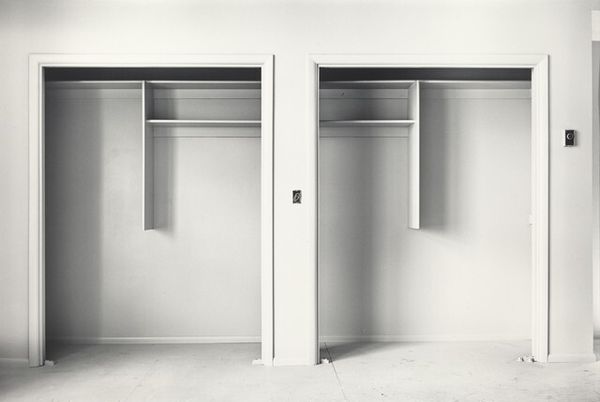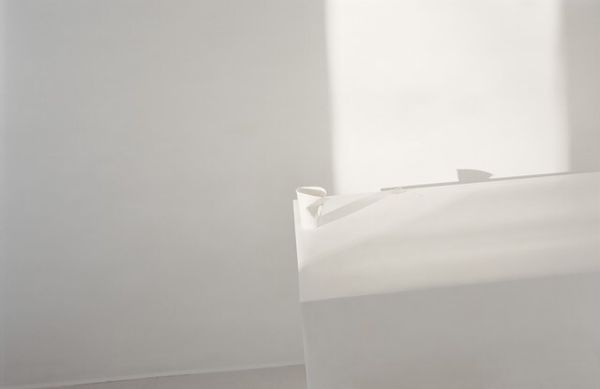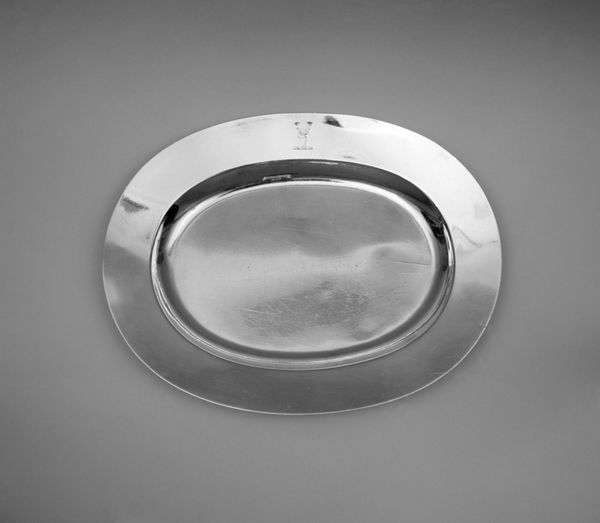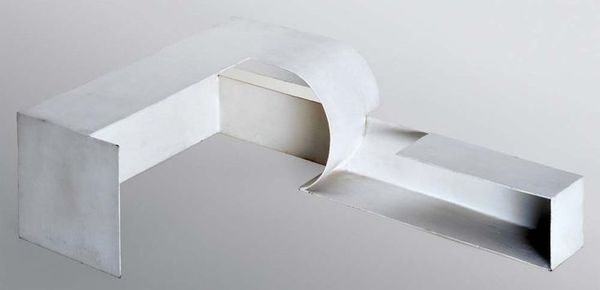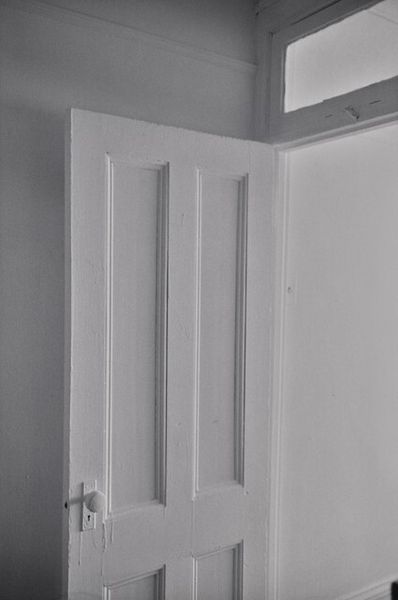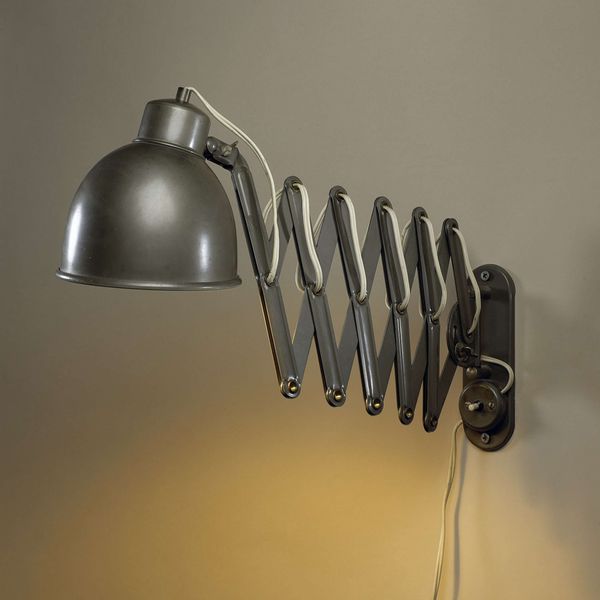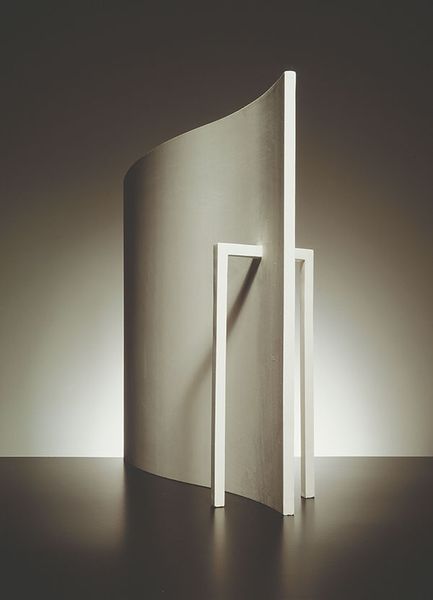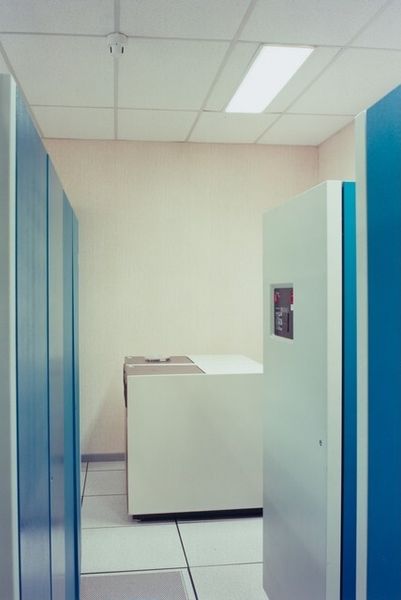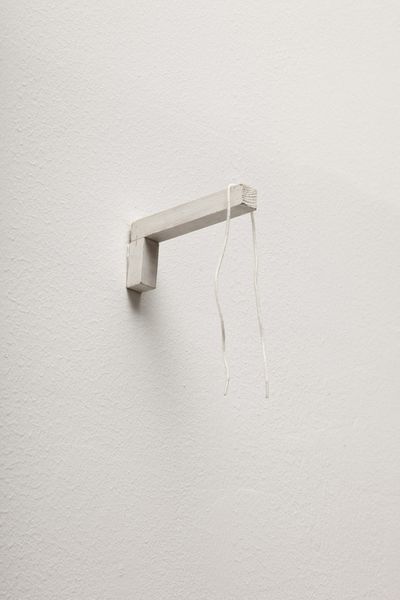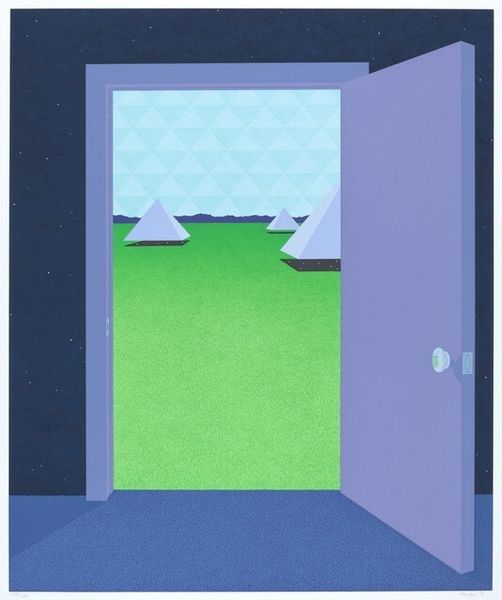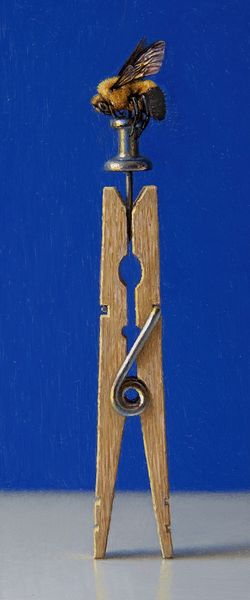
Copyright: John Armleder,Fair Use
Editor: This is John Armleder's "Untitled," created in 1986. It’s an assemblage of found objects, with two chrome and upholstered chairs flanking a rectangular, slightly off-white panel. There's a strange simplicity to it. What do you make of it? Curator: For me, this piece is about interrogating the very nature of art production. Look at the materials: mass-produced chair elements, a simple painted panel. Armleder's taking readily available, perhaps even banal, objects and presenting them in a gallery setting. Where does the 'art' reside? In the assembly? The context? Editor: So, it's challenging the idea of artistic skill and traditional media? Curator: Precisely. It pushes against the preciousness often associated with art objects. Think about the labor involved: is it the artist's hand creating something from scratch, or their decision to reposition these pre-existing components? How does the gallery space itself, and the act of display, contribute to our understanding? Editor: That makes me consider the found objects more. Are the chair parts suggesting some commentary on consumerism? Curator: Absolutely. He is implicating the economic system that churns out these objects and the art market that then absorbs and transforms them. Think about the journey these chair parts took to get here. Editor: So it's not just about what it looks like, but about where everything came from and what that says about our world? Curator: Exactly. The "Untitled" becomes a mirror reflecting back our own consumption habits and the processes that drive them. The blank canvas, adorned with just a few traced circles, is just another step removed from a pure creative act. It suggests more that our world can't give the truly blank anymore. Editor: I never would have looked that deeply. I thought it was simply minimalist. Curator: Minimalist, yes, in its appearance, but maximalist in its implications, as the implications of those processes are layered with social commentary. Editor: I'll definitely think about materials and production differently now when viewing art. Curator: Good, because the point of the artwork is for us to understand and discuss the origins of our production and its outcomes.
Comments
No comments
Be the first to comment and join the conversation on the ultimate creative platform.
